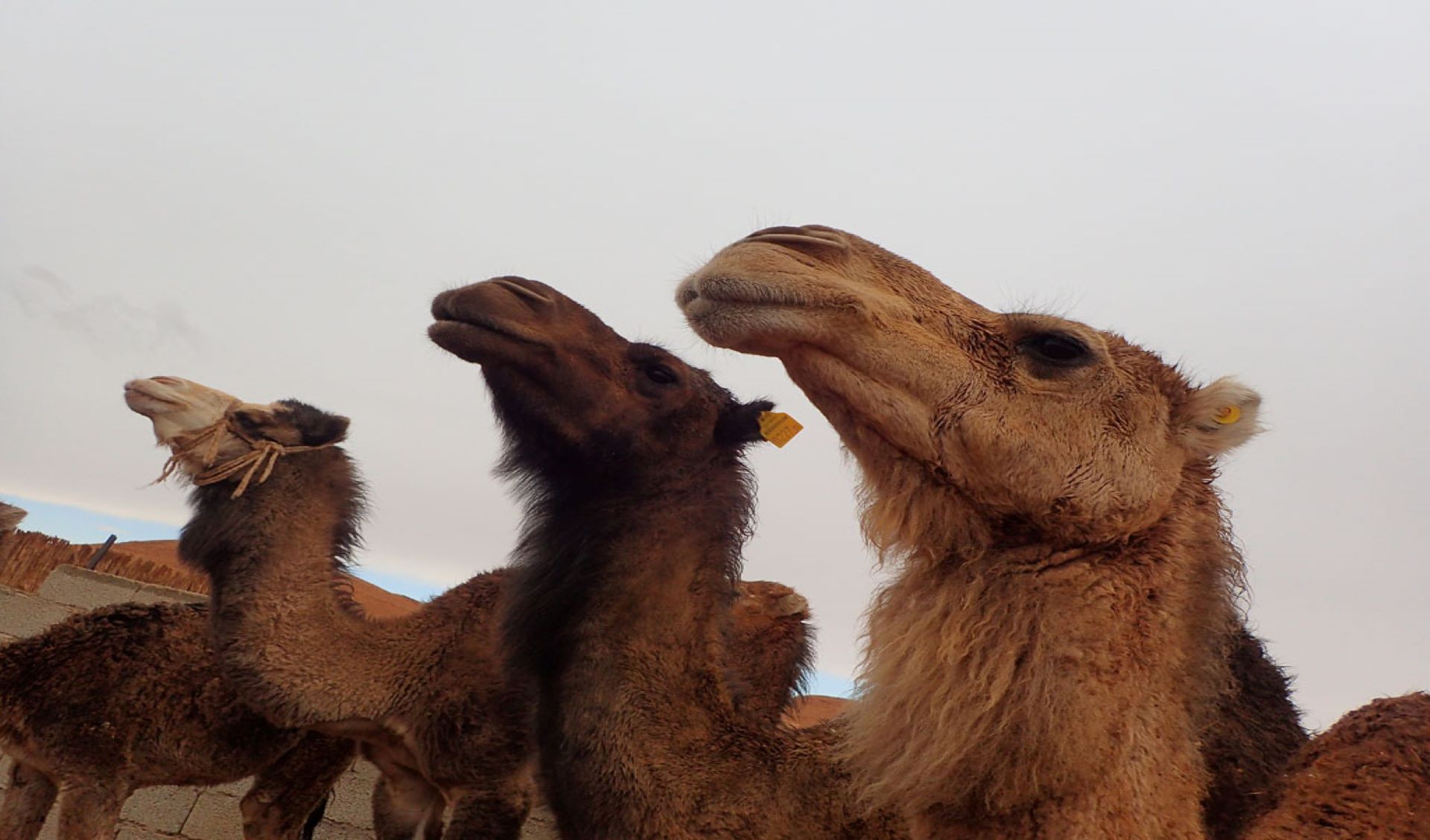Newly adopted dromedary husbandry systems and breeding practices in the Algerian northern Sahara
DOI:
https://doi.org/10.19182/remvt.37448Keywords
Camelids, camel milk, camel meat, livestock systems, economic viability, AlgeriaAbstract
Background: Traditional nomadic livestock farmers have adopted new lifestyles, management methods and husbandry practices to improve their livestock income and enhance the value of camel products, whose benefits are increasingly being recognized worldwide. Driven by a rising demand for camel products among urban consumers, these changes include a strong tendency for nomadic communities to settle near urban centers, the temporary stationing of part of the camel herd in urban and peri-urban areas, and the intensification of production in these areas. Aims: This paper aims to present the newly adopted dromedary husbandry practices, and discuss the products and services provided by dromedaries. Methods: Between September 2020 and March 2021, formal and informal interviews were carried out in three locations in the Algerian northern Sahara with 11 camel breeders, who
held a total of 537 dromedaries (average 48.8 ± 4.36). Results: The study identified three types of dromedary farming systems: 70% of the farms were peri-urban,
semi-intensive dairy farms established to meet the rising demand for camel milk, 23% were settled, intensive, peri-urban feedlot farms producing all categories of fattened dromedaries, especially young males, and 7% were settled, urban, and peri-urban dromedary racing farms dedicated to breeding dromedaries for racing and riding during local festivals, activities anchored in the traditions of the native population. The surveyed farms primarily generated income from the sale of milk and live animals, with manure and wool also contributing to their earnings. The food resources used for dromedaries were natural pastures, crop residues and harvest residues. Conclusion: The intensification of dromedary breeding appears essential to ensure the sustainability of this animal resource as it can improve reproductive potential, milk production, and the availability of young calves for fattening farms. The changes in practices identified in this study are enabling breeders, who are managing their livestock in guarded and semi guarded camel production systems, to increase their income.
Downloads

Downloads
-
Abstract508
-
pdf293
Received
Accepted
Published
How to Cite
Issue
Section
Categories
License
© H.Bedda et al., hosted by CIRAD 2024

This work is licensed under a Creative Commons Attribution 4.0 International License.





